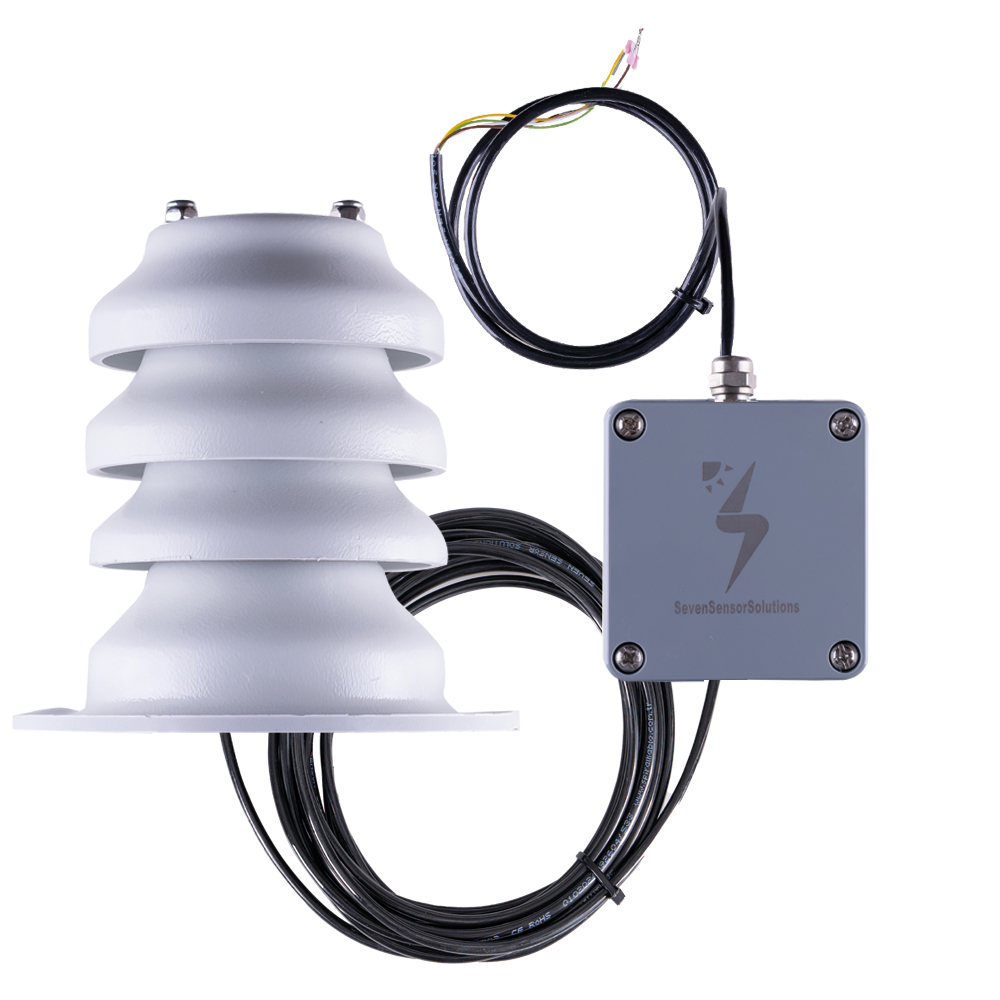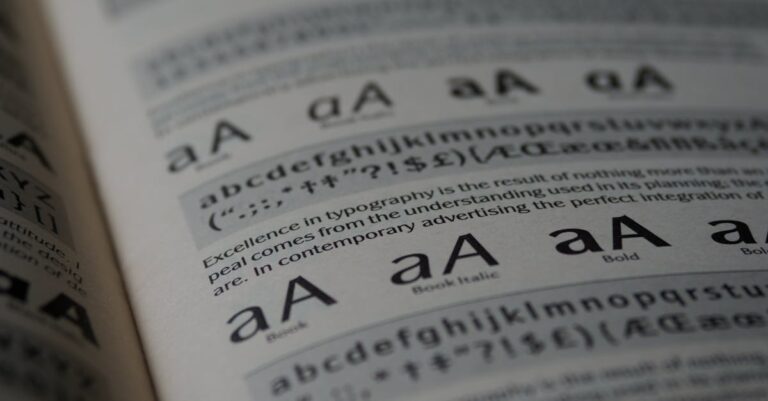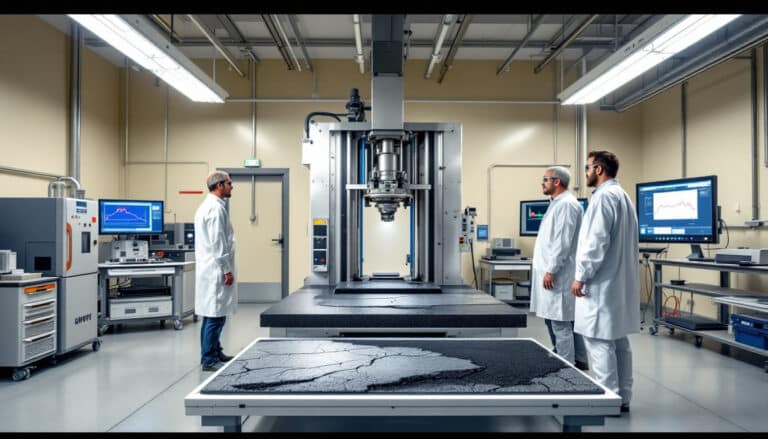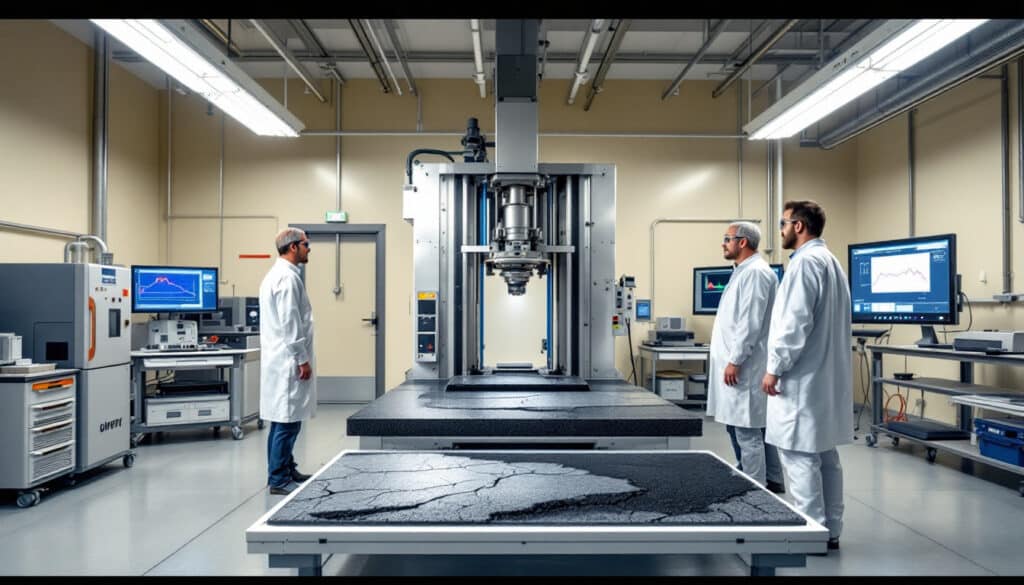The development of pressure sensors, associated with innovative materials such as ABS/MWCNT nanocomposites, opens up fascinating perspectives. These sensors exploit the anisotropic piezoresistive response, which allows pressure variations to be detected and measured with impressive precision. Thanks to 3D printing, it is possible to create complex structures that optimize the interaction between the polymer ABS and the multi-walled carbon nanotubes (MWCNT). This alliance of technologies makes it possible to design flexible, lightweight and sensitive sensors, suitable for varied applications ranging from monitoring systems in industrial environments to integration into portable devices. By exploiting the unique properties of materials at the nanoscale, researchers are moving toward a new era in the design of intelligent and responsive sensors.
Table of Contents
ToggleSummary
This study explores the anisotropic piezoresistive response of a pressure sensor developed from a ABS/MWCNT nanocomposite 3D printed. Using ABS filaments and functionalized multi-wall carbon nanotubes (MWCNTs), the sensor exhibits unique electrical conductivity characteristics that vary depending on the orientation of the print lines. The results show that samples printed with parallel lines exhibit a better sensitivity (up to 0.75%) and a quick response to the applied loads, while revealing significant differences in terms of electrical stability and of repeatability depending on the orientation. Through the use of an electric field during manufacturing, the arrangement of the MWCNTs is optimized, thereby improving the properties of the sensor for potential applications in the fields of robotics and monitoring systems.
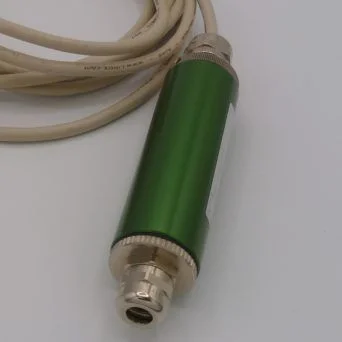
THE nanocomposites based on ABS and MWCNT (Multi-Walled Carbon Nanotubes) represent a significant advance in the creation of flexible and sensitive pressure sensors. These materials offer unique properties due to their anisotropic structure, acting differently depending on the directions of load applied. By combining ABS, which is a widely used thermoplastic polymer, and carbon nanotubes, we obtain sensors that not only respond to mechanical stresses, but also have piezoresistive characteristics suitable for various environments. The manufacturing processes involve the use of 3D printing, which allows for flexibility in design, thereby optimizing sensor performance.
properties of nanocomposites for sensors
THE pressure sensors based on nanocomposites have distinct advantages due to their configuration. The combination of ABS and MWCNTs achieves high electrical conductivity, which is crucial for precise applications. The mechanical properties of these materials are also adjusted by the orientation of the nanotubes, which modulates their piezoresistive response. Indeed, the way in which the MWCNTs are dispersed in the polymer matrix directly influences the formation of the conduction channels, thus affecting the sensitivity and linearity of the measurements during pressure tests. Thus, optimizing the alignment and concentration of MWCNTs is essential to maximize sensor performance.
Potential applications of 3D printed sensors
The sensors developed with this technology open up interesting perspectives in the field of robotics, of the smart buildings and portable electronics. On the one hand, they can be integrated into smart clothing to monitor body parameters, thus offering innovative solutions in connected health. On the other hand, in modern constructions, these sensors could optimize monitoring of the structural condition of buildings, helping to ensure safety and sustainability. Their adaptable features and ease of integration into complex systems make ABS/MWCNT sensors a valuable option for future construction projects.automation andartificial intelligence.
Le son non plus n'est pas d'origine. Il ne s'agit d'ailleurs pas vraiment du vent (mais de l'enregistrement du vent via un capteur de pression + fréquence augmentée x100) 👇https://t.co/s2eUYZ73S1
— Guillaume HB 🇫🇷 🇪🇺 (@Guillaume_HB) February 20, 2021
Bilan :
fake vidéo ❌
fake son ❌
pas #Perseverance ❌
vraies images de Mars ✅

